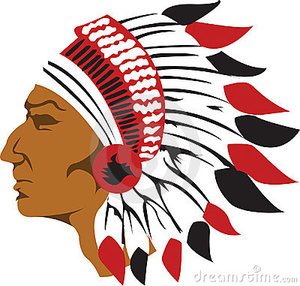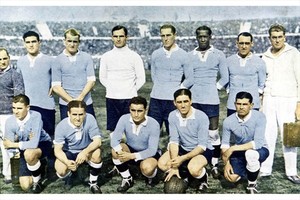The roles of women in Native American societies differed greatly between tribes. Women had a more predominate role in stationary agrarian based societies than in nomadic hunter-gather societies. This was based on the importance of women in the agriculture environment.
The Iroquois were the extreme in Indian culture. They were the only matriarchate in North America. Women controlled everything. All land rights and deeds were passed through the female blood line. Husbands moved into the wife’s family’s long house. Women controlled the government of the tribe. They had the right to veto and to appoint leaders that they saw fit.
“Each of the five nations was governed by a council of sachems or chiefs selected by the women from the family-clan-moiety divisions. Women had the power of review and veto over tribal council actions and could remove men acting on their behalf.” (The American Indian, Gibson, pg 66)
Interesting enough is that the Iroquois were so completely different in their belief structure from the neighboring tribes. The Algonkian tribes to the east were a male based society and had similar lifestyles to the Iroquois.
The Muskhogean tribes to the south were matrilineal based with elders running their society. The area that the Muskhogean tribes were in; the American South east is very agriculture based with an abundance of wild life. Similar importance would have been placed on the female role in society. But it did not happen.
It is interesting how the Iroquois developed a society based on the female role. The importance of the female in Indian religion can not be understated. The belief that a pregnant female fell from heaven to populate the Earth, the “White Buffalo Women” myth of the Sioux, are just a few examples. But why did the Iroquois belief structure differ so much from other tribes and how did it develop? What did the men do (besides torture the Algonquians)?
The matrilineal organization was based on the fact that the husbands were warriors, hunters, and fishermen. They were away much of the time so responsibilities were placed on the women of the families. Children were even raised by the mother’s brother instead of the father. However, the Iroquois did not live in this environment; they developed their system another unknown way. The Iroquois were not nomadic people, they did not have to travel on long hunting trips. Food was readily available to them. The Finger Lakes region of New York would have supplied more than enough food for them. The women of the families were available to care for the crops, but so were the men. Why did the men of the Iroquois allow the women to take such an important role?
It is interesting what Gibson says about the Siouian tribal relationships; “Adjustment to new territory and in some cases changing economies caused several Siouian tribes to change their social models. When they had been agricultural, they had had a matrilineal-matrilocal organization, but by 1500 the picture was becoming mixed. Many tribes retained the old system but some, particularly those who were becoming nomadic hunters, were adopting the patrilineal-patrilocal system.” (The American Indian, Gibson, pg69) This supports the theory of agriculture based societies placing more emphasis on the female role.
In the Pueblo societies, men tended to the agriculture work. The men tended to all the field work and were assisted by the Women and Children only during harvest time. When the women weren’t helping the men, they were gathering pinon nuts and other natural fruit. Perhaps it was because of the importance on the irrigation of the gardens that men were placed in charge of the agriculture work.
The female rite of passage ceremonies in the Southwestern Indian tribes is interesting. I grew up knowing of the Sun Dance, but never of the female puberty ceremonies of the Apache and Pueblo. This stresses the importance of reproduction in a harsh environment. A ceremony lasting four days because a woman has reached puberty and has starting menstruating! Talk about an advertisement for a mate! The tribe holds their survival on the fertility of their women.
In extremely harsh environments, marriages were monogamous, polygynous or polyandrous. This was based on the scarcity of food and natural resources. For instance the Shoshonean tribes of the Great Basin and the Aleuts and Eskimo tribes of Alaska all practiced polygynous and polyandrous marriages.
In comparison to the Western European women, the Native American women had more input and were an essential part of the Indian Economic structure. According to Nichols, the women of Creek societies were essential in the curing of meat, cleaning hides and making products for trade. Compare this to the European women which were centered on child raising and had minimal part in trade.
It must have been quite a culture shock for the Europeans to conduct business with the matrilineal tribes. Europeans were used to oppressing and suppressing their women. Women in Victorian Europe were elegant and under the rule of the husband. It must have appeared paganistic to see a society such as the Iroquois.
The comparison of Western European culture and American Indian Culture as compared to the role of women, is night and day. American Indians required that all people in the tribe to do their part for survival, vice the pampering of Victorian women.




